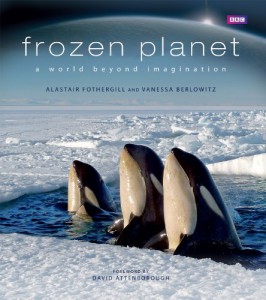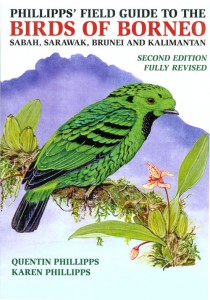Continuing our selection of the very best titles available through NHBS:
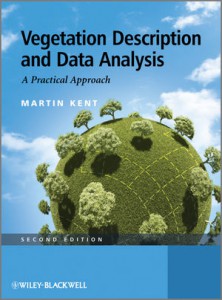 Vegetation Description and Data Analysis
Vegetation Description and Data Analysis
Martin Kent
What?
Second edition of the key text for plant ecologists.
Why?
The new edition of this essential guide through the various practices and challenges in the field of vegetation description and multivariate analysis has been updated to reflect all new developments and technologies introduced since the previous edition was published in 1993.
Clearly, a significant proportion of that which has been introduced in the last two decades is related to developments in computer hardware and software, but this edition reflects also the international nature of the field, with the establishment of new journals giving it truly global scope and relevance.
New material includes: the nature of plant communities; induction and deduction in plant ecology; the potential relevance of Bayesian statistical analysis; recent advances in methods of ordination and classification (cluster analysis) and links to spacial analysis; a comprehensive and up-to-date review of the wide range of computer software now available; the increasing importance of R-related software.
Who?
Martin Kent is Emeritus Professor of Biogeography, School of Geography, Earth and Environmental Sciences at the University of Plymouth.


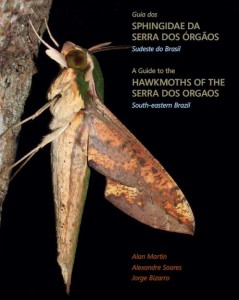
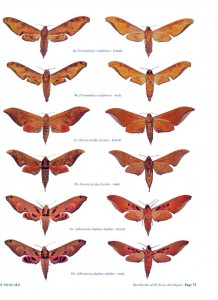
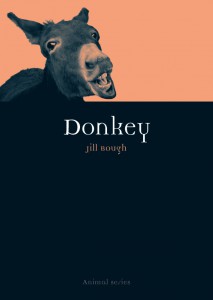

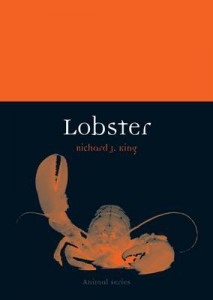
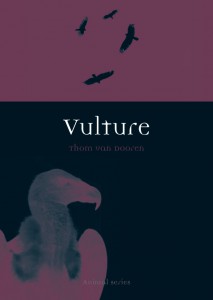
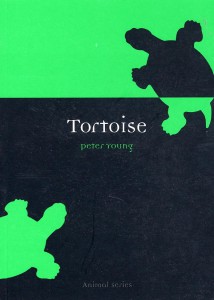
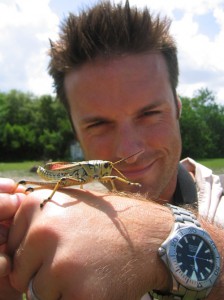 Nick Baker, NHBS Ambassador, has been trying out the
Nick Baker, NHBS Ambassador, has been trying out the 
 The camera shoots both still pictures (eg. left) and moving images(eg. below) and has a screen which allows reviewing of the images in the unit. All the image data is stored on an SD card and the unit is powered by 4-8 AA batteries.
The camera shoots both still pictures (eg. left) and moving images(eg. below) and has a screen which allows reviewing of the images in the unit. All the image data is stored on an SD card and the unit is powered by 4-8 AA batteries.